8 Countries Who Eat Their National Animals
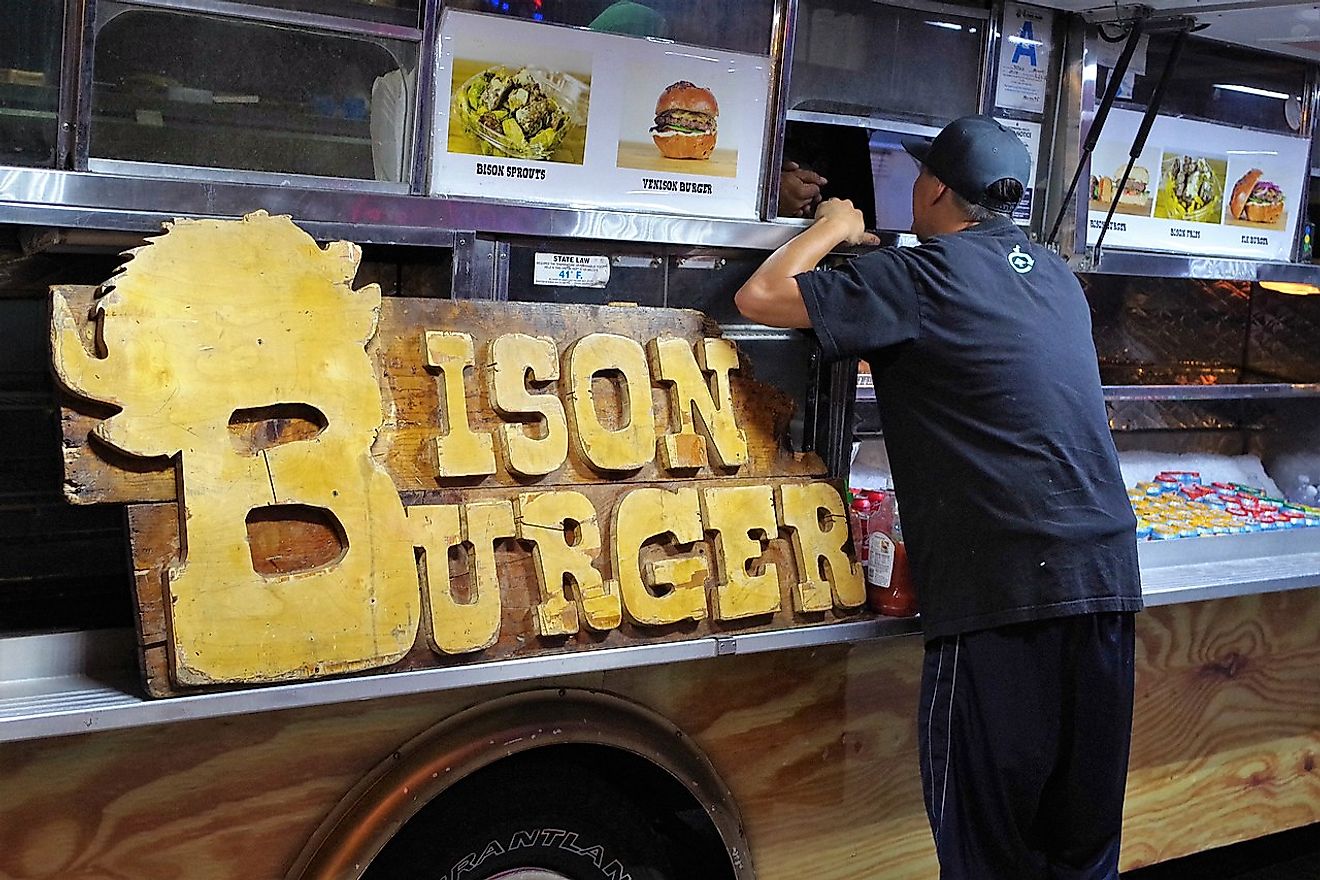
- In Australia, people eat kangaroo, the country's national animal, in kebabs, meatballs and more.
- Some Swedes eat their national animal, a moose, but this is not common.
- In Spain, the bull is the country's national animal and it can be found fighting in public arenas as well as in oxtail soup.
Beef, chicken, and fish: having some animal protein on your plate at meal time can be a tasty thing to enjoy. For millions of years, people have been consuming meat and marrow from large animals as a part of their diet. In many countries and cultures, this is currently considered to be acceptable social practice, and thousands, if not millions, of people partake in eating meat every day.
Is it polite, or even considered remotely acceptable, however, to eat your country’s national emblem? It may come as a surprise, but for some people the answer to this is, yes. In many locations throughout the world, people do cut into less common dishes that include their nation’s symbolic animal, eating everything from swan, to bear, camel and kangaroo.
Who considers just about anything fair game, no pun intended, and where are they located? Here is a look at eight countries from around our globe where people actually eat their national animal.
8. Australia-Kangaroo
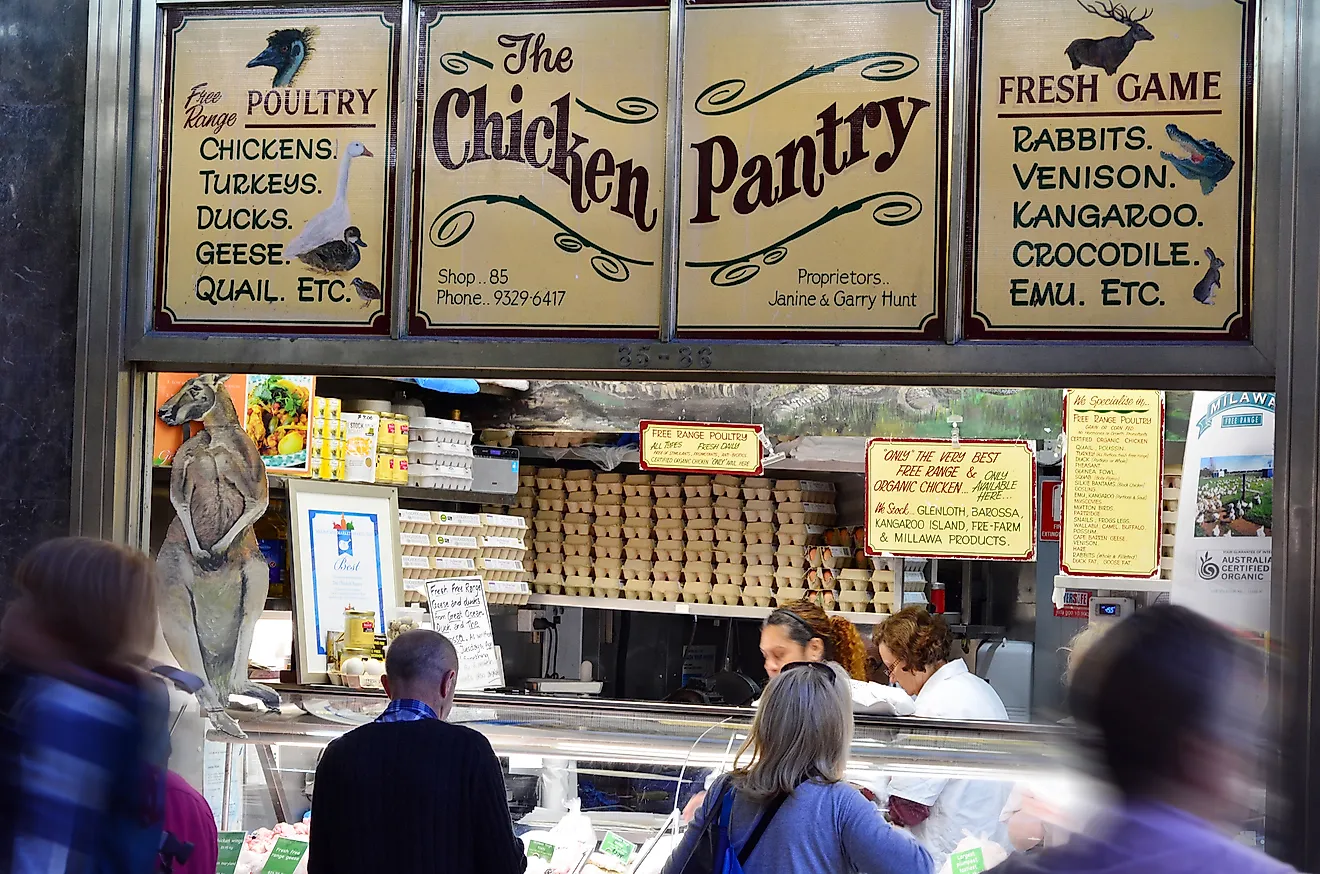
The kangaroo is considered to be Australia’s national animal, and is endemic to this country. This animal is found in the country’s coat of arms, along with the emu, and is prolific throughout the nation, with different types of kangaroos living in various areas of Australia. Kangaroos commonly live in grasslands and savannahs, as well as scrubland, bushland, and forests. According to BBC.com, Australians have been generally reluctant to eat kangaroos historically, but in the past decade, they have developed a taste for this meat that is more environmentally friendly than beef or pork. Kangaroo meat is eaten as steaks, meatballs, kebabs, sausages, and more.
7. Denmark-Swan
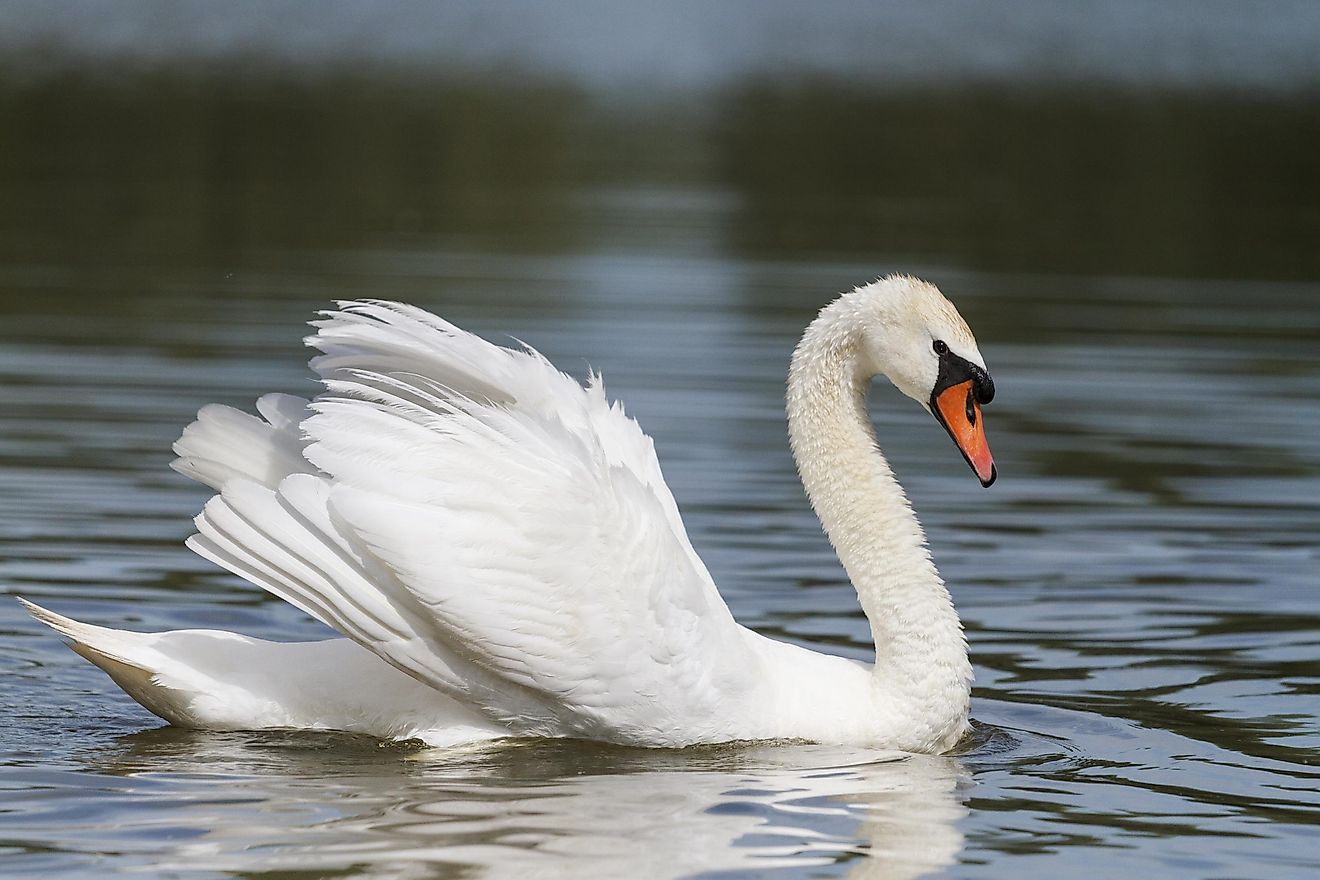
It is hard to imagine eating the beautiful swan but Danes do it. The mute swan became Denmark’s national animal in 1984, and is one of the heaviest flying birds about. It is not entirely mute and can make grunting and whistling sounds while communicating with other swans, and is known to hiss at those invading its space. Native to Denmark, this bird builds its nests near water.
Roast swan was a favorite dish in royal courts in history and still is in Denmark.
6. Finland-Brown Bear
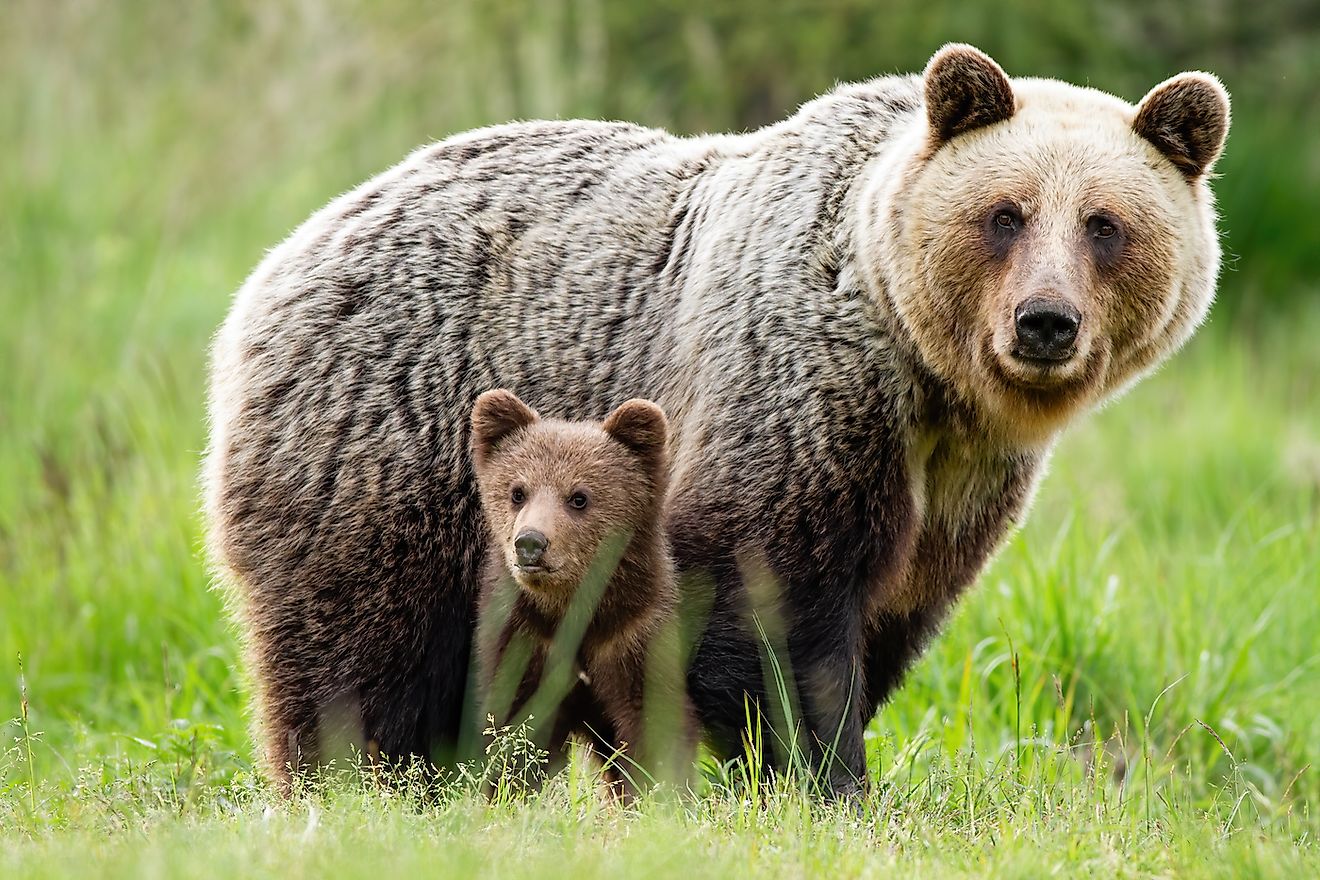
Yes, in Finland they eat brown bears. You can have yours as a steak on rye bread, or buried under a pile of something in a skillet.
The brown bear is featured in much of Finnish mythology and roams the forests in this country as king. Brown bears are agile animals that can stand on their two hind legs, pick things up with their “fingers” and communicate with each other via markings made on trees, as well as through scents and their sense of smell.
5. US- Buffalo/Bison
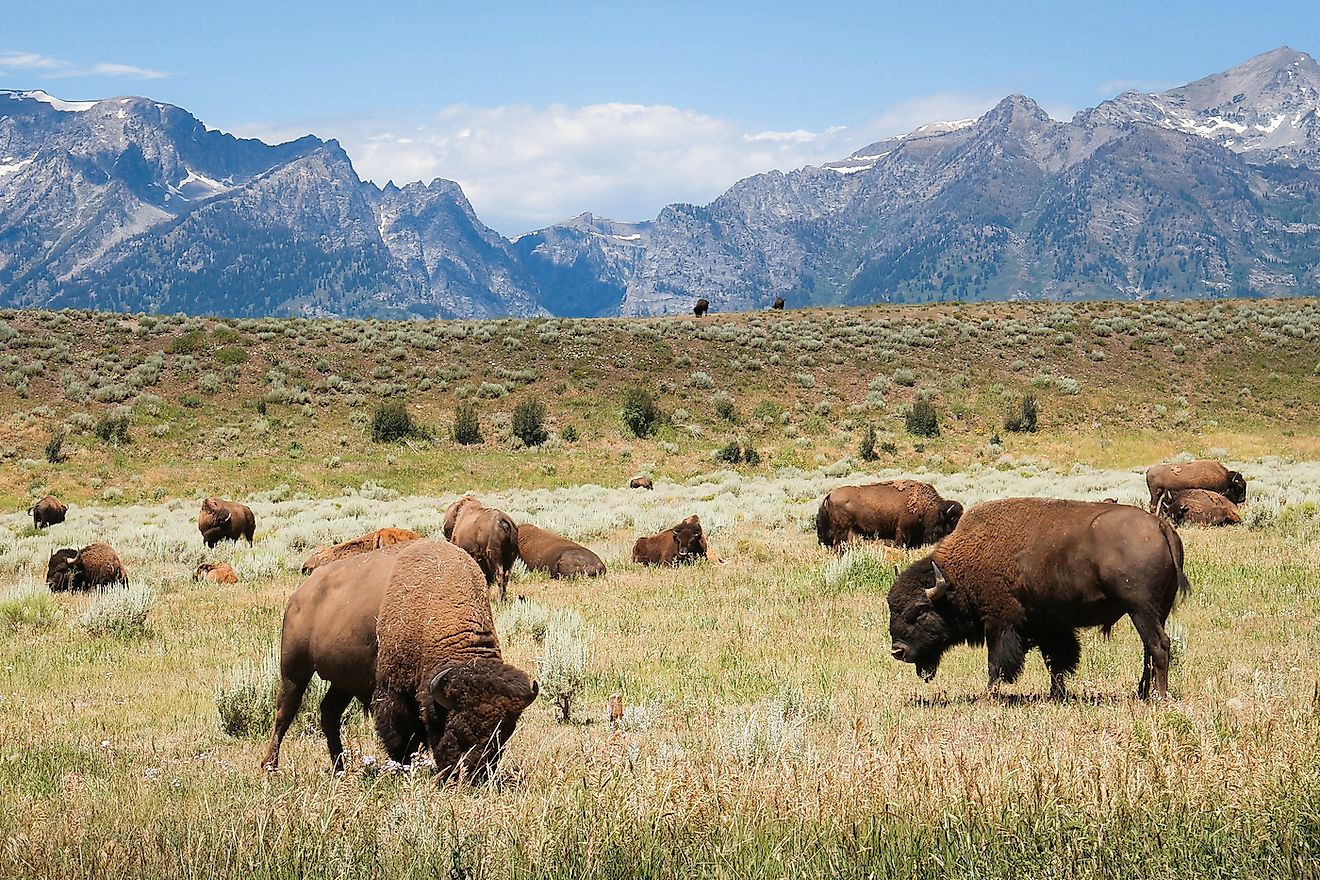
Americans may often think of their national animal as being the bald eagle, but under President Barack Obama, the bison became the country’s official national mammal. This animal was once almost extinct, but has made a comeback in recent years. In the 1800s, nearly 6 million bison-or buffalo, depending on who you speak with- were almost hunted to extinction. Killing buffalo by the hordes was used as a horrific tactic that was aimed at starving indigeneous populations in the US who relied on them for food, fur, and other materials.
Now buffaloes are alive by the thousands in the US, and people even eat bison burgers, which come from free-range bison that have been domesticated to a certain extent. This bison is allowed to roam freely on vast land for the majority of their lives. They are then are fed grain in the final 3 to 4 months before being slaughtered.
4. Monaco- European Rabbit
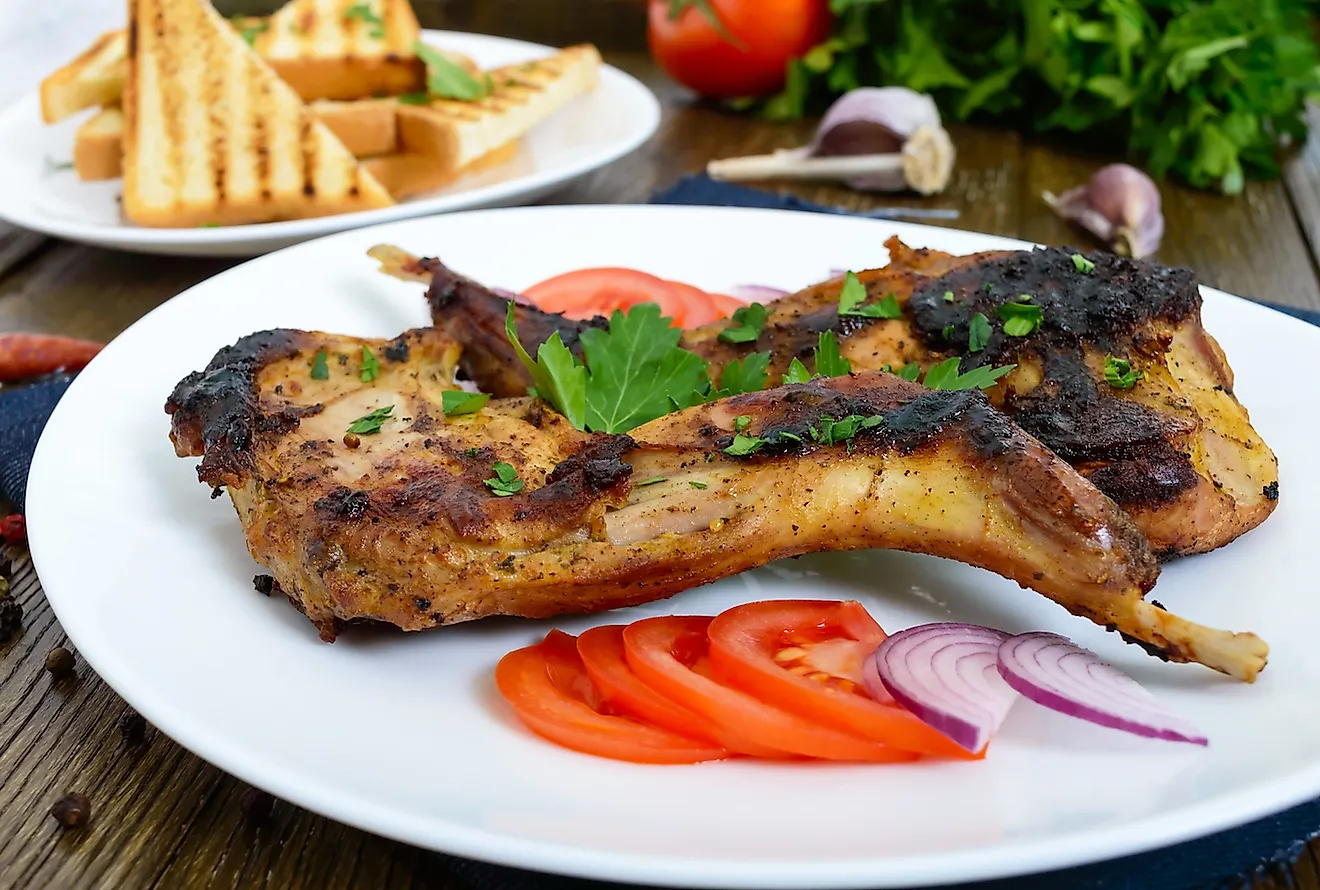
Monaco has three national animals: the hedgehog, the wood mouse and the rabbit. These may not be the mightiest of beasts but some say the European rabbit can at least be tasty.
Today, European rabbits live on all five continents as a result of humans transporting them there, and they are sometimes considered to be an invasive species. These animals are also domesticated and kept as pets in many places.
European rabbits prefer to live in dry spaces with sandy soil in which it is easy to burrow. When it comes to eating rabbits, Europeans have been known to do it for hundreds of years. In Monaco, tourists and locals alike can dine on rabbit with ravioli in Monte Carlo’s Le Marche de la Condamine, among other places.
Rabbit can also be cooked in stews and other dishes.
3. Saudi Arabia- Camel
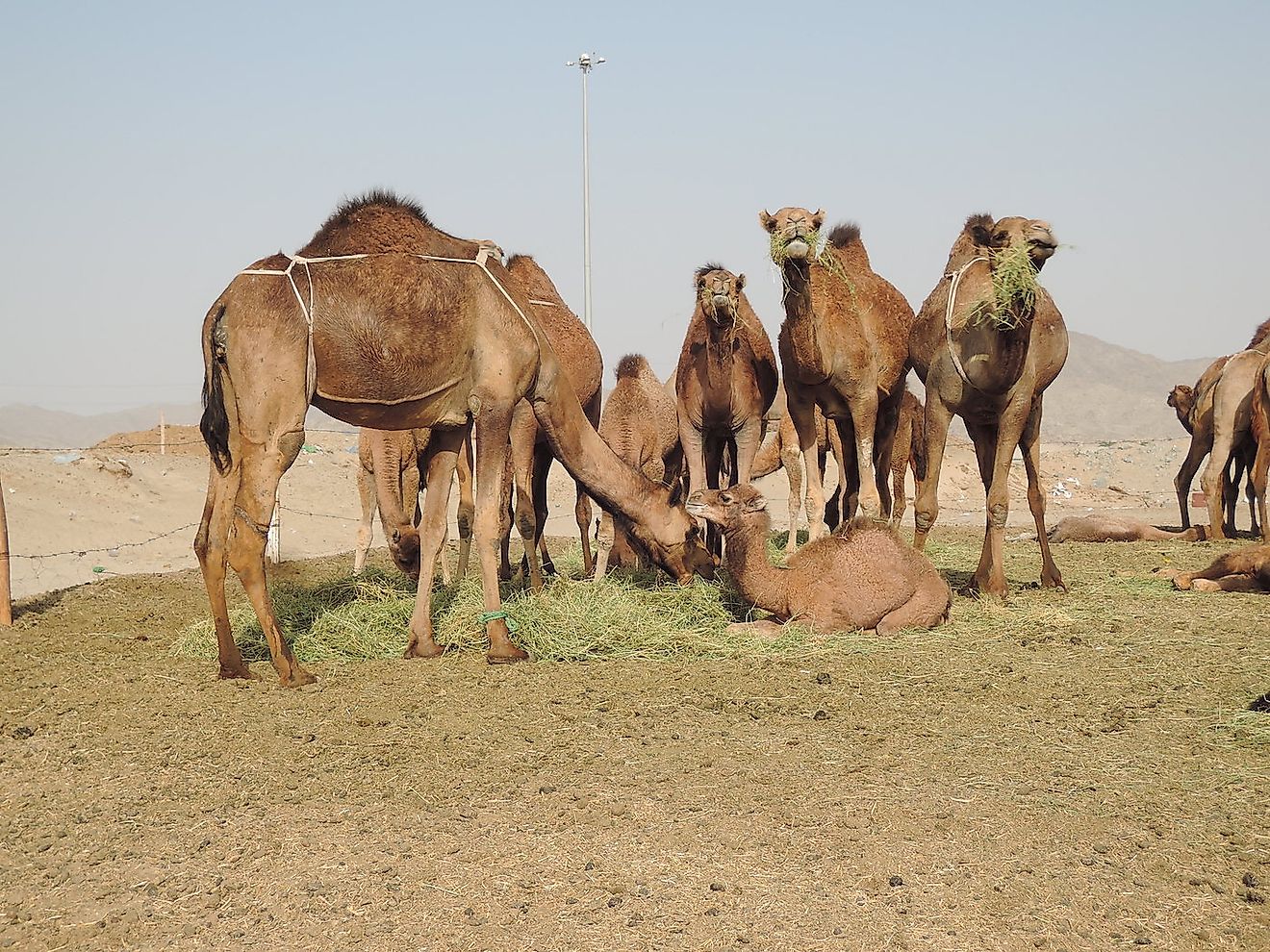
In most parts of the world camel meat may be last on your list when sitting down to dinner, but not in Saudi Arabia, at least until recently. Camel used to be a staple in this country’s diet. Since the outbreak of Middle East Respiratory Syndrome (MERS), there has been a ban placed on eating this animal. Camels are thought to have been a carrier of this potentially deadly virus which likely originated in bats before it jumped to camels and then humans. Before the advent of MERS however, camel meat was a staple at many parties and weddings in Saudi Arabia.
2. Spain- Bull
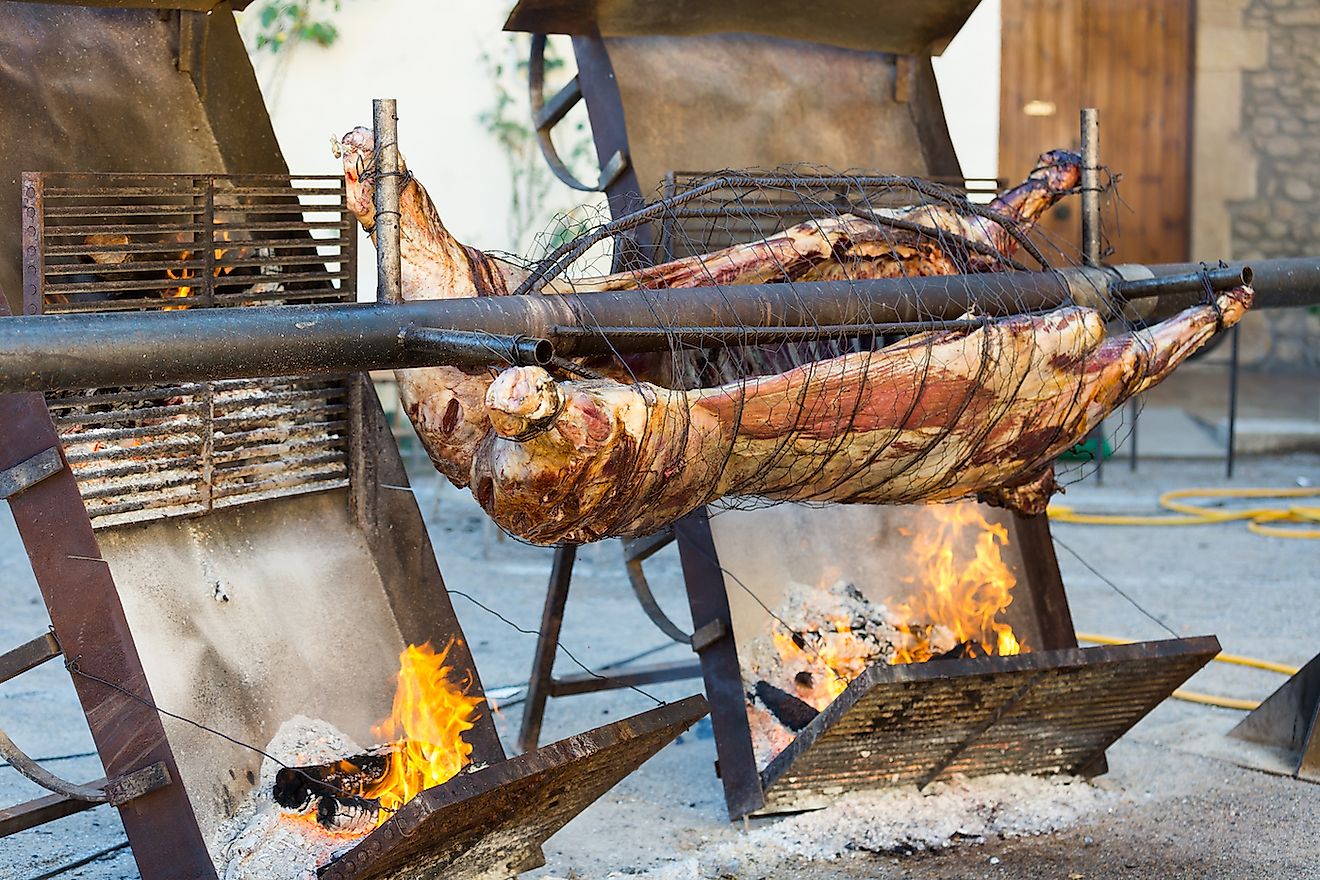
Spain is famous for its relationship with bulls. Spaniards are most known for fighting their national animal to the death in public arenas, but they do not stop there. They will also cook their bulls for a tasty treat. Spanish bull tail stew, or braised oxtail, dates back to Roman times, and in the past, if you were lucky, your stew might have been comprised of the tail of the most recently killed bull in a local fight. Tasty, but gamey? Perhaps.
1. Sweden- Elk
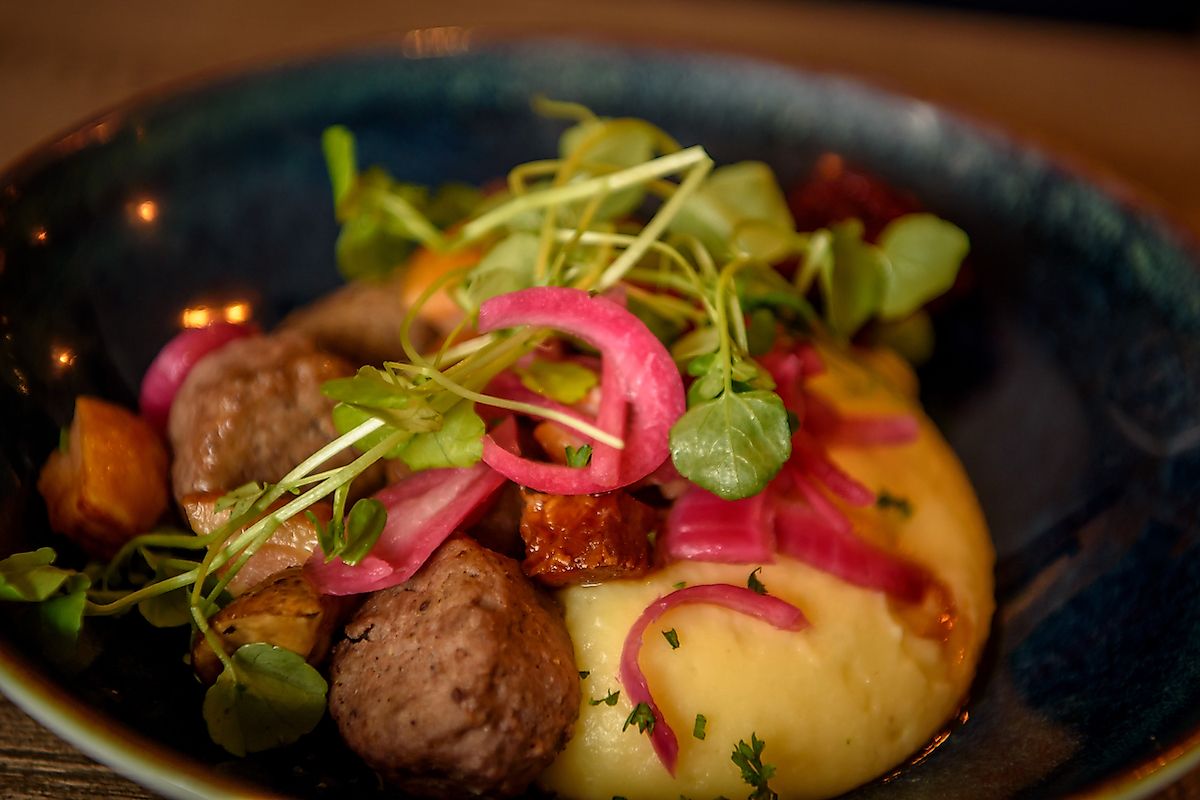
A Swedish elk is basically what is refered to as a moose in North America. It is Sweden’s national animal, as well as an ingredient in the country’s favorite meatballs. These animals are not the same as elk in North America- do not be confused. To be clear, Sweden’s elk is the American moose.
Moose meat is not something Swedes eat every day but those who belong to a moose hunting community will likely eat the animal, just as is done in Canada and the US. Moose meat can be cooked a variety of ways as steaks, roasts, and in stews.











